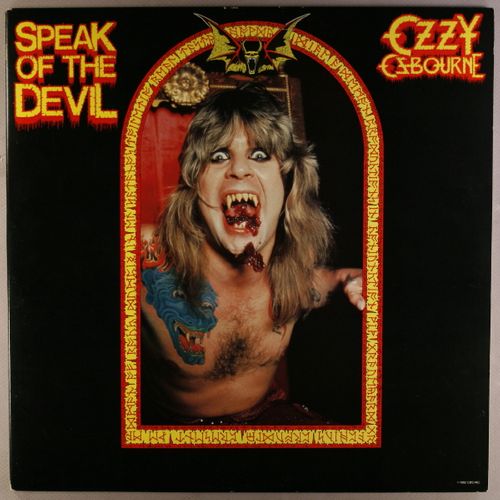In a ground-breaking research collaboration initiated in the late 1980s, biologist David Deamer and composer Susan Alexjander sought to directly ascertain the frequencies emitted by the bases of our DNA (A, G, C, T). They did this by directly measuring the infrared absorption spectra of DNA molecules. These DNA frequencies were then arranged as “scales” of tones, and subsequently used as the basis for Alexjander’s musical compositions.
The atomic bonds within these base molecules “bend, stretch, and rock upon absorbing infrared light with a specific frequency related to the energy and strength of the bond and the mass of the nucleus of the atom. A tighter, smaller bond from, say, hydrogen, will absorb light with a higher wavenumber (number of waves per centimeter), and a higher ‘note’ in the infrared spectrum.” A spectrophotometer was used to ascertain the frequencies of the different bases. Inside this device, infrared light with frequencies ranging from 600 to 3000 wavenumbers (in units of cm-1) was passed through each sample, being absorbed at specific frequencies, which the instrument plots as a spectrum. Once the wavenumber was identified, it was converted to hertz using the following equation: Frequency (Hz) =velocity (speed of light) x wavenumber
Because this process involves infrared light—not sound—frequencies, huge numbers (megahertz) were obtained, that, if translated directly into hertz would be far beyond human hearing (and thus useless for creating a musical composition, as intended). Recognizing that if they were to halve the numbers they were getting—and keep halving (decreasing them by octaves at a time) until the number fell within the audible range of sound frequencies, they would end up with the same notesonly at much lower (audible) octaves. Each DNA base yielded 15 – 18 notes; 60 in all. Interestingly, it appears that none of the bases emitted an A# — it was the only note of the diatonic scale missing.
Once this data was collected, it was converted into a human hearing range and programmed into a Yamaha DX7 IID synthesizer. They needed to use a “special electronic keyboard… because the tunings that were derived were almost all microtones” (tones smaller than a regular semi-tone, the smallest interval generally used in Western music).[xiii] This presented Alexjander with a formidable challenge regarding creating actual musical compositions out of these tightly-packed clusters of DNA base notes. At first, there was no seeming organization or order to what she was seeing or hearing, when experimenting with the 60 different microtonal DNA notes on her synth.
The atomic bonds within these base molecules “bend, stretch, and rock upon absorbing infrared light with a specific frequency related to the energy and strength of the bond and the mass of the nucleus of the atom. A tighter, smaller bond from, say, hydrogen, will absorb light with a higher wavenumber (number of waves per centimeter), and a higher ‘note’ in the infrared spectrum.” A spectrophotometer was used to ascertain the frequencies of the different bases. Inside this device, infrared light with frequencies ranging from 600 to 3000 wavenumbers (in units of cm-1) was passed through each sample, being absorbed at specific frequencies, which the instrument plots as a spectrum. Once the wavenumber was identified, it was converted to hertz using the following equation: Frequency (Hz) =velocity (speed of light) x wavenumber
Because this process involves infrared light—not sound—frequencies, huge numbers (megahertz) were obtained, that, if translated directly into hertz would be far beyond human hearing (and thus useless for creating a musical composition, as intended). Recognizing that if they were to halve the numbers they were getting—and keep halving (decreasing them by octaves at a time) until the number fell within the audible range of sound frequencies, they would end up with the same notesonly at much lower (audible) octaves. Each DNA base yielded 15 – 18 notes; 60 in all. Interestingly, it appears that none of the bases emitted an A# — it was the only note of the diatonic scale missing.
Once this data was collected, it was converted into a human hearing range and programmed into a Yamaha DX7 IID synthesizer. They needed to use a “special electronic keyboard… because the tunings that were derived were almost all microtones” (tones smaller than a regular semi-tone, the smallest interval generally used in Western music).[xiii] This presented Alexjander with a formidable challenge regarding creating actual musical compositions out of these tightly-packed clusters of DNA base notes. At first, there was no seeming organization or order to what she was seeing or hearing, when experimenting with the 60 different microtonal DNA notes on her synth.
Srila Prabhupada once said:
Therefore, in the Srimad-Bhagavatam it is said that this is the incarnation of God in this age. And who worships Him? The process is very simple. Just keep a picture of Lord Chaitanya with His associates.
Therefore, in the Srimad-Bhagavatam it is said that this is the incarnation of God in this age. And who worships Him? The process is very simple. Just keep a picture of Lord Chaitanya with His associates.





